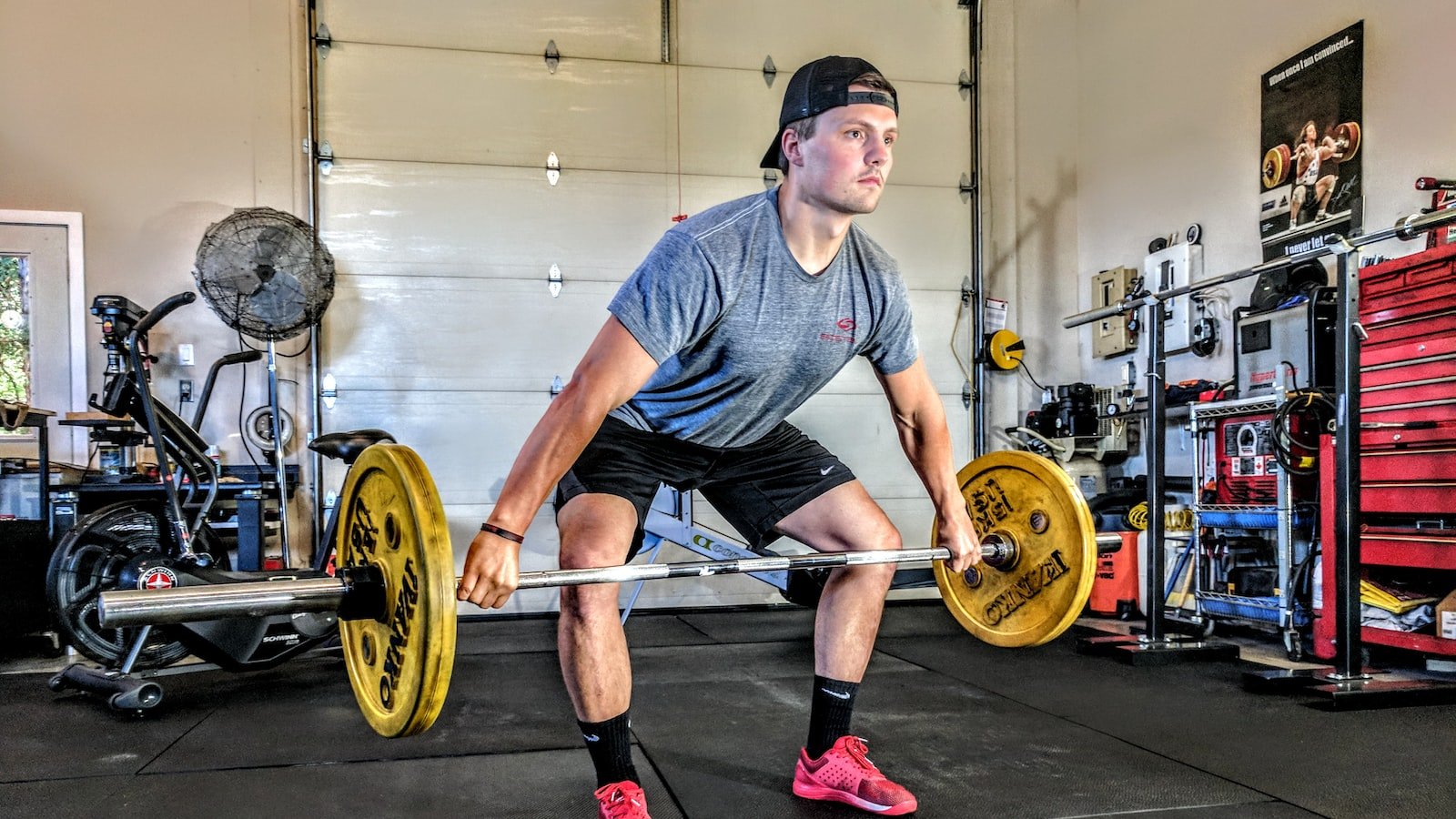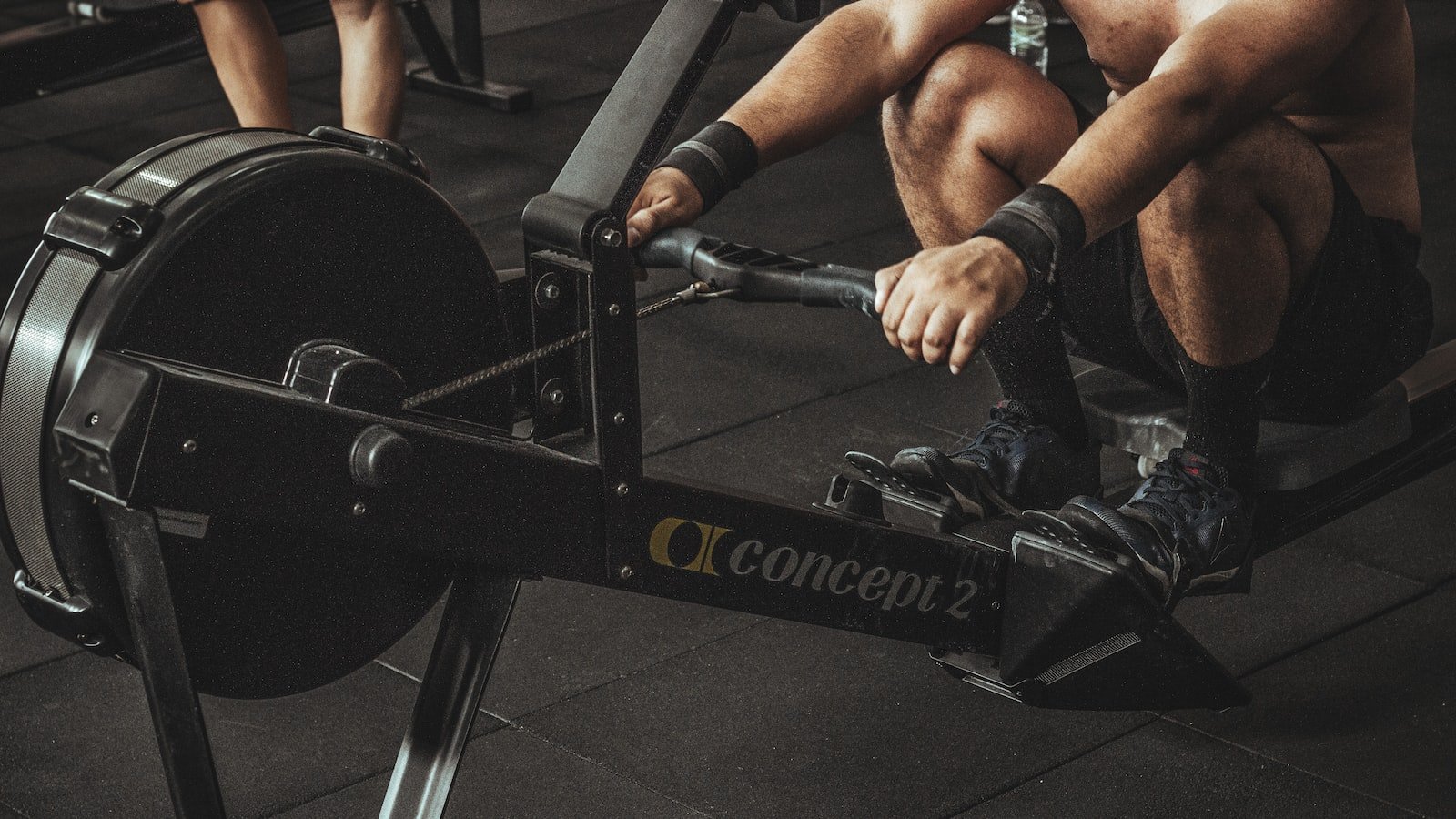As the sun peeks over the horizon, casting a warm glow on the sprawling agility course, a group of four-legged athletes eagerly awaits their turn. With wagging tails and boundless enthusiasm, these dogs are prepared to conquer every hurdle that lies in their path. At the heart of their performance lies a crucial element – dog training jumps. These seemingly simple apparatuses not only add an element of flair and excitement to the sport but also play a fundamental role in honing a dog’s agility skills. From fostering coordination and enhancing focus to building strength and instilling confidence, the role of dog training jumps in agility cannot be overstated. In this article, we delve into the intricate mechanics of these jumps, unraveling their significance and exploring how they contribute to the ultimate triumph of our four-legged companions in the exhilarating world of agility. Brace yourself for a glimpse into a canine universe where leaps of passion, training, and dedication converge to shape remarkable athletic prowess.
Table of Contents
- The Importance of Training Jumps in Agility Competitions
- Improving Agility Skills through Dog Training Jumps
- Selecting the Right Training Jumps for Optimal Performance
- Techniques for Effectively Incorporating Jumps into Training Routines
- Enhancing Performance and Precision with Advanced Jump Training Methods
- Q&A
- To Wrap It Up

The Importance of Training Jumps in Agility Competitions
When it comes to agility competitions, training jumps play a crucial role in shaping a successful performance. These jumps are not just a mere obstacle for the athletes but are actually a key component in enhancing their agility, speed, and overall performance.
The following reasons highlight the importance of incorporating jump training into agility competitions:
- Improves Athleticism: Jumping exercises train the muscles and joints, improving an athlete’s explosiveness and coordination. It helps them develop the necessary strength and power to navigate through the various obstacles in the competition.
- Enhances Flexibility: A well-designed jump training program improves an athlete’s flexibility, enabling them to move more fluidly through the courses. Flexible athletes are not only less prone to injuries but also have an advantage in swiftly changing directions during the competition.
- Increases Spatial Awareness: Constantly practicing jumps enhances an athlete’s spatial awareness, enabling them to accurately judge and adapt to various distances and angles. This skill is invaluable in agility competitions where split-second decisions and precise movements are crucial.
- Boosts Confidence: Mastering jumps instills a sense of accomplishment and confidence in athletes. The ability to successfully conquer these hurdles builds mental resilience and helps them overcome any challenges they may encounter during the competition.
The importance of training jumps should not be underestimated in the realm of agility competitions. It plays a significant role in honing an athlete’s skills, increasing their chances of achieving peak performance and success in these highly demanding events.

Improving Agility Skills through Dog Training Jumps
Ready to take your dog training to the next level? Look no further than agility jumps! These versatile training aids are not only fun for your furry friend, but they also help improve their agility skills and overall physical fitness. Whether you’re a seasoned dog trainer or a beginner, incorporating jumps into your training routine can bring a new level of excitement and challenge for both you and your pet.
Using dog training jumps can help your pup develop various skills, such as:
- Balance: Jumps require your dog to maintain balance while leaping over them, enhancing their coordination and core strength.
- Agility: As your dog becomes more comfortable with jumps, they’ll learn to navigate them quickly and efficiently, boosting their agility and reflexes.
- Focus: Training jumps require your dog to stay focused on the task at hand, improving their concentration and obedience.
Not only do dog training jumps provide physical benefits, but they also offer mental stimulation. Your pup will be challenged to problem-solve and think on their feet, which can lead to a more confident and well-rounded canine companion. Additionally, agility jumps can be easily adjusted to different heights and configurations, allowing you to customize the training to your dog’s abilities and progress.
So, whether you’re aiming for competitive agility trials or simply want to enhance your dog’s overall fitness and mental acuity, incorporating training jumps into your routine is a paw-some choice!

Selecting the Right Training Jumps for Optimal Performance
When it comes to improving your performance in jumping sports, selecting the right training jumps is essential. These jumps can help you build strength, agility, and explosive power, enabling you to reach new heights in your athletic pursuits. To ensure optimal performance, here are a few key factors to consider:
1. Assess your goals: Before diving into any training program, it’s crucial to identify your specific goals. Are you aiming to increase your vertical jump for basketball or improve your technique in the long jump? Understanding your objectives will help you select the jumps that effectively target the muscles and skills necessary for your chosen discipline.
2. Vary the difficulty level: Just like with any training, it’s important to gradually increase the difficulty level to avoid stagnation and prevent injuries. Incorporate a mix of jumps that challenge you at different intensities. This could include depth jumps, box jumps, long jumps, or even plyometric exercises like tuck jumps or single-leg bounds. By constantly challenging yourself, you’ll see steady progress in your performance.
3. Focus on form and technique: While selecting the right jumps is crucial, it’s equally important to prioritize proper form and technique. Pay close attention to your body alignment, landing mechanics, and arm swing during each jump. By practicing and refining your technique, you’ll not only maximize your performance but also reduce the risk of potential injuries.
Remember, selecting the right training jumps is a dynamic process that should evolve as your skills and goals progress. Experiment with different jumps, seek guidance from trainers or coaches, and always listen to your body’s limitations. With dedication and careful selection, you’ll be on your way to achieving optimal performance in no time.
Techniques for Effectively Incorporating Jumps into Training Routines
When it comes to training routines, incorporating jumps can take your workout to a whole new level. Jumps are not only a great way to increase your cardiovascular endurance and explosive power, but they also help improve coordination and strengthen your lower body muscles. To make the most out of your jump training, here are some techniques to consider:
- Plyometric Progression: Start with basic jumps like squat jumps and gradually increase the intensity by incorporating more complex variations such as tuck jumps or box jumps. This allows your muscles to adapt and progress gradually, reducing the risk of injury.
- Interval Training: Incorporate jump intervals into your workout by performing a series of jumps followed by a brief rest period. This not only challenges your endurance but also maximizes calorie burn and helps improve overall athletic performance.
- Proper Form and Landing: It’s crucial to maintain proper form during jumps to prevent injury and ensure maximum effectiveness. Keep your core engaged, land softly, and use your arms for momentum. To enhance stability, consider using a plyometric mat or a soft surface to absorb the impact.
- Combination Movements: Spice up your routine by combining jumps with other exercises. Incorporate squat jumps into a circuit that includes push-ups, burpees, and lunges to create a full-body workout and keep things interesting.
Remember to always warm up before any jump training session and listen to your body to avoid overexertion. With these techniques, you’ll be well on your way to reaping the benefits of incorporating jumps into your training routine.
Enhancing Performance and Precision with Advanced Jump Training Methods
Mastering the art of jumping is crucial for athletes across various disciplines. Whether you’re a basketball player aiming for that slam dunk or a gymnast trying to perfect your vault, advanced jump training methods can significantly enhance both your performance and precision. These cutting-edge techniques go beyond traditional training methodologies, focusing on harnessing the power of the body and mind to unlock new levels of athleticism.
One key aspect of advanced jump training lies in optimizing strength and power. Incorporating explosive exercises such as plyometrics into your routine can enhance your muscular power and speed. These high-intensity movements, like box jumps and depth jumps, challenge your muscles to generate maximal force and recruit muscle fibers efficiently. Through consistent practice, you’ll not only improve your vertical leap but also enhance your body’s ability to generate explosive force in a split second, giving you the edge over your competitors.
Apart from developing physical strength, advanced jump training methods also focus on enhancing precision and coordination. Coordination plays a vital role in executing complex movements with proper timing and control. By incorporating drills like ladder exercises and single-leg jumps, athletes can improve their coordination and balance, resulting in more precise jumps. These exercises stimulate neural pathways and improve the communication between your brain and muscles, allowing for more refined and accurate movements.
When it comes to expanding your jumping skills, it’s essential to push your boundaries and explore innovative training methods. Advanced jump training combines science, technology, and expert knowledge to optimize performance and precision. By incorporating explosive exercises, fostering coordination, and leveraging cutting-edge techniques, athletes can take their jumps to new heights and achieve extraordinary feats of athleticism.
Q&A
What are dog training jumps?
Dog training jumps are props used in agility training to teach dogs how to jump over obstacles. They come in various heights and designs and help dogs improve their agility, coordination, and speed.
Why are dog training jumps important in agility training?
Training jumps are crucial in agility training as they teach dogs how to jump safely and efficiently over obstacles. They help dogs improve their jumping skills, build muscle strength, and develop better coordination, essential for success in agility competitions.
What are the different types of dog training jumps?
There are several types of training jumps used in agility. Some common types include bar jumps, tire jumps, panel jumps, and broad jumps. Each jump has its own benefits and helps dogs develop different skills required in agility courses.
How do dog training jumps help in building a dog’s confidence?
Dog training jumps provide dogs with the opportunity to conquer obstacles and gain confidence. As they successfully jump over hurdles, they become more comfortable with challenging situations, boosting their overall confidence in the agility training process.
Can dog training jumps be adjusted to different heights?
Yes, most dog training jumps can be adjusted to different heights to match the size and jumping ability of each dog. This versatility allows trainers to gradually increase the difficulty level as the dog progresses in their training.
Are dog training jumps suitable for all dog breeds?
Yes, dog training jumps are suitable for all dog breeds as long as they are physically capable of jumping over the obstacles. However, it’s important to consider the unique needs and limitations of each breed to ensure safe and appropriate training.
Do dog training jumps require special setup or maintenance?
Training jumps are generally easy to set up, with many options available for indoor and outdoor use. They require minimal maintenance, such as periodically checking for any loose parts or wear and tear, to ensure the safety of the dog during training sessions.
Can training jumps be used for dogs of all ages?
Yes, training jumps can be used for dogs of all ages. However, it’s important to adjust the height and intensity of the jumps depending on the age and physical capabilities of the dog. Puppies, for instance, should start with lower jumps to avoid injury.
To Wrap It Up
As we leap to the end of this article, we reflect on the remarkable role that dog training jumps play in the world of agility. These humble, yet mighty, contraptions embody the essence of grace, power, and precision, serving as the boundary between ordinary and extraordinary. From the moment a canine companion takes flight, their innate instincts merge with finely-honed training, culminating in an enchanting ballet of athleticism.
These jumps, crafted with meticulous attention to detail, stand as silent sentinels, inviting dogs to conquer the heights with unwavering determination. Each leap becomes a testament to the symbiotic relationship between handler and hound, as both rely on seamless communication and mutual trust. With each airborne spectacle, a profound connection is forged, strengthening the bond between human and four-legged friend.
Beyond the physical challenge, these jumps unlock a wealth of mental benefits for our canine counterparts. They encourage problem-solving skills, adaptability, and strategic thinking, igniting a fire within their curious souls. Gradually, the unsure become resolute, the timid become confident, and the unrefined morph into masters of their craft.
But let us not forget the magic that happens off the field. Behind the scenes, dog training jumps become catalysts for human growth and self-discovery. Handlers harness their creativity, their commitment, and their unwavering patience, unveiling newfound depths of resilience and empathy. In this unfolding dance of agility, both human and dog find solace, challenge, and fulfillment.
In conclusion, the role of dog training jumps in agility goes far beyond mere physical obstacles. They embody the triumph of teamwork, the poetry of motion, and the artistry of the canine spirit. So, whether you find yourself on the sidelines, cheering with unbridled enthusiasm, or leaping alongside your trusty companion, may you always appreciate the profound impact these jumps have on the dog-human partnership. For in the world of agility, where dreams take flight and hearts beat in unison, the bonds formed through the mastery of each jump last a lifetime.
As an affiliate, my content may feature links to products I personally use and recommend. By taking action, like subscribing or making a purchase, you’ll be supporting my work and fueling my taco cravings at the same time. Win-win, right?
Want to read more? Check out our Affiliate Disclosure page.
